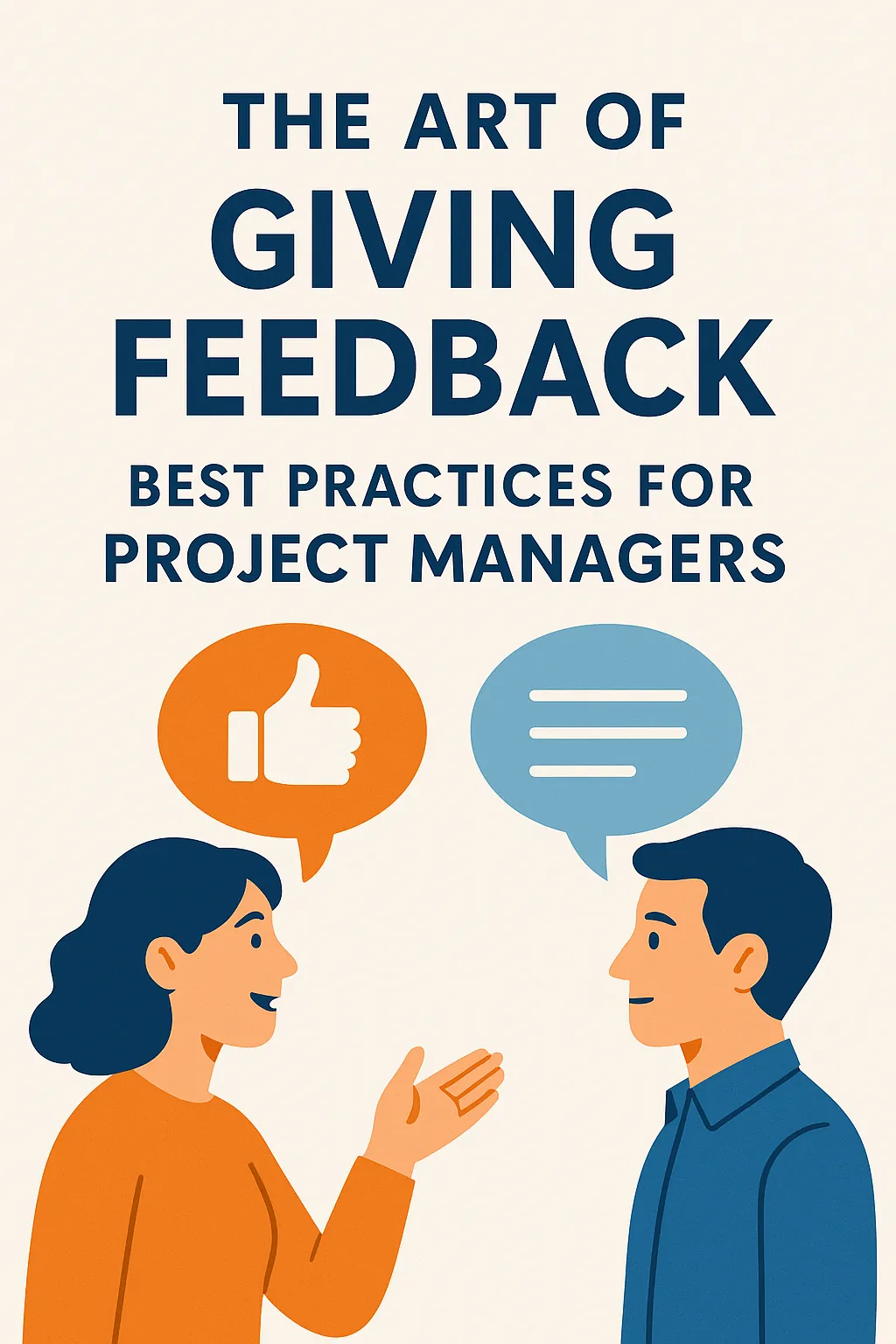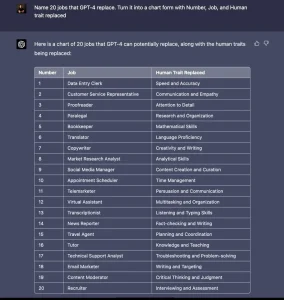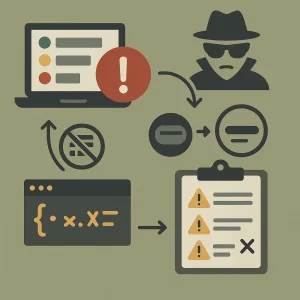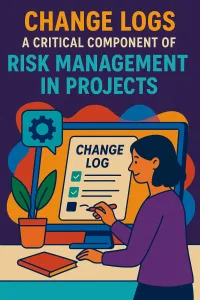Introduction
Feedback serves as a vital tool for fostering growth, enhancing team dynamics, and ensuring project success. Feedback, in this context, refers to the information provided to team members regarding their performance, behaviors, and contributions to a project. It is not merely a critique but a structured communication that aims to guide individuals towards improvement and excellence.
The significance of feedback in project management cannot be overstated. It plays a crucial role in team development by helping members recognize their strengths and areas for improvement. Constructive feedback encourages individuals to refine their skills, adapt their approaches, and ultimately contribute more effectively to the project’s objectives. Moreover, it fosters a culture of open communication, where team members feel valued and motivated to engage actively in their roles. This, in turn, leads to higher levels of collaboration and innovation, which are essential for the success of any project.
However, the art of giving feedback lies in striking a delicate balance between constructive criticism and encouragement. While it is important to address areas that require improvement, it is equally vital to acknowledge and reinforce positive behaviors and achievements. A balanced approach not only helps in mitigating the discomfort often associated with negative feedback but also motivates team members to continue developing their skills and contributing positively to the project. By mastering this balance, project managers can create an environment that promotes continuous learning and improvement, ultimately leading to more successful project outcomes.
Understanding Feedback: Types and Their Importance
Feedback serves as a vital tool for enhancing team dynamics and driving project success. It is essential for project managers and team leaders to master the art of giving feedback, balancing constructive criticism with encouragement. This section categorizes the different types of feedback and elucidates their significance in fostering a productive work environment.
Types of Feedback
Positive Feedback
- Definition: Positive feedback acknowledges and reinforces desirable behaviors and outcomes. It highlights what team members are doing well.
- Impact on Team Morale: This type of feedback boosts team morale, enhances motivation, and fosters a sense of accomplishment among team members. Recognizing achievements can lead to increased engagement and a positive work atmosphere [11].
- Role in Performance: By reinforcing successful behaviors, positive feedback encourages team members to continue performing at high levels, ultimately contributing to project success [15].
Constructive Criticism
- Definition: Constructive criticism provides specific, actionable suggestions for improvement while maintaining a supportive tone. It focuses on behaviors or outcomes that need adjustment rather than personal attributes.
- Impact on Team Morale: When delivered effectively, constructive criticism can enhance team performance by guiding members toward better practices. It helps individuals understand areas for growth without diminishing their confidence [13].
- Role in Performance: This type of feedback is crucial for continuous improvement, as it helps team members identify and address weaknesses, thereby enhancing overall project outcomes [15].
Negative Feedback
- Definition: Negative feedback points out failures or shortcomings without offering constructive solutions. It often highlights what went wrong but may lack a supportive framework.
- Impact on Team Morale: While necessary at times, negative feedback can demoralize team members if not handled carefully. It can lead to decreased motivation and a defensive atmosphere if individuals feel attacked rather than supported [11].
- Role in Performance: Although it can be important for accountability, negative feedback should be used sparingly and ideally accompanied by constructive suggestions to mitigate its potentially harmful effects [13].
Importance of Timely and Relevant Feedback
Providing feedback in a timely manner is crucial for its effectiveness. Feedback should be given as close to the event as possible to ensure that the context is fresh in the minds of both the giver and receiver. This immediacy helps team members understand the relevance of the feedback and allows for quicker adjustments in behavior or performance [9].
Moreover, feedback must be relevant to the specific tasks and goals of the project. Establishing clear expectations and objectives before work begins enables project managers to provide feedback that is not only timely but also aligned with the team’s overarching goals. This alignment helps team members see the bigger picture and understand how their contributions impact project success [5][15].
The Art of Constructive Criticism
Delivering feedback is a critical skill for project managers and team leaders, especially when it comes to balancing constructive criticism with encouragement. Here are some effective strategies to ensure that your feedback is both constructive and supportive:
- Focus on Specific Behaviors: When providing feedback, it is essential to concentrate on specific actions or behaviors rather than making personal judgments about the individual. This approach helps to avoid defensiveness and allows team members to understand exactly what needs to change. For instance, instead of saying, “You are not a good communicator,” you might say, “I noticed that during the last meeting, some key points were not clearly articulated, which led to confusion among the team” [3][9].
- Use the ‘Sandwich’ Approach: This technique involves structuring your feedback in a way that begins and ends with positive comments, with constructive criticism in the middle. For example, you might start by acknowledging a team member’s strengths, then address an area for improvement, and conclude with another positive remark. This method not only softens the impact of criticism but also reinforces the individual’s value to the team, making them more receptive to the feedback [7][9].
- Encourage a Growth Mindset: Frame your criticism as an opportunity for growth and improvement. By emphasizing that mistakes are part of the learning process, you can help team members view feedback as a valuable tool for their professional development. For instance, you could say, “I believe that with some adjustments in your approach, you can enhance your project management skills significantly” [2][15]. This perspective fosters resilience and encourages team members to embrace challenges rather than shy away from them.
By implementing these strategies, project managers can create a feedback culture that not only addresses areas for improvement but also motivates and empowers team members to excel. Balancing constructive criticism with encouragement is an art that, when mastered, can lead to a more engaged and high-performing team.
Encouragement: The Other Side of the Coin
Feedback is often viewed through the lens of constructive criticism. However, it is equally important to recognize the power of encouragement in fostering a positive work environment. Encouragement not only complements constructive feedback but also plays a crucial role in enhancing team dynamics and overall project success.
Psychological Benefits of Encouragement
Encouragement serves as a vital psychological tool that can significantly impact team members’ morale and productivity. When project managers actively recognize and support their team’s efforts, it can lead to:
- Increased Motivation: Positive reinforcement helps team members feel valued and appreciated, which can drive them to perform at their best. This motivation is essential for maintaining high levels of engagement throughout the project lifecycle [5].
- Enhanced Resilience: Encouragement fosters a sense of belonging and support, enabling team members to navigate challenges more effectively. When individuals feel supported, they are more likely to bounce back from setbacks and maintain their focus on project goals [3].
- Improved Mental Well-being: A culture of encouragement can reduce stress and anxiety among team members. When employees know their contributions are recognized, it can lead to a more positive outlook and a healthier work environment [4].
Techniques for Recognizing and Celebrating Small Wins
Celebrating small victories is a powerful way to maintain momentum and boost team morale. Here are some effective techniques project managers can employ:
- Regular Check-ins: Schedule frequent one-on-one or team meetings to discuss progress and acknowledge achievements, no matter how minor. This practice reinforces the idea that every contribution matters [6].
- Public Recognition: Utilize team meetings or company-wide communications to highlight individual or team accomplishments. Public acknowledgment not only boosts the morale of the recognized individuals but also inspires others to strive for excellence [9].
- Incentives and Rewards: Implement a system of rewards for achieving milestones, such as small tokens of appreciation or team outings. These incentives can serve as tangible reminders of the team’s hard work and dedication [8].
Boosting Team Confidence and Motivation
Encouragement is a key driver of confidence and motivation within a team. When project managers prioritize positive feedback, they create an environment where team members feel empowered to take risks and innovate. This can lead to:
- Increased Initiative: Team members who feel encouraged are more likely to propose new ideas and solutions, contributing to the project’s overall success. This proactive approach can lead to creative problem-solving and improved project outcomes [7].
- Stronger Team Cohesion: Encouragement fosters trust and collaboration among team members. When individuals feel supported by their peers and leaders, they are more likely to work together effectively, enhancing team dynamics [5].
- Sustained Performance: A culture of encouragement can lead to sustained high performance over time. When team members are motivated and confident, they are more likely to maintain their productivity and commitment to the project [4].
Creating a Feedback Culture
Establishing a feedback culture within project management is crucial for fostering continuous improvement, enhancing team engagement, and ensuring project success. Here are some best practices for project managers to create an environment where feedback is valued and actively practiced:
- Encourage Open Communication and Regular Feedback Sessions: Project managers should prioritize open dialogue and create opportunities for team members to share their thoughts and insights. Regular feedback sessions should be held, allowing for timely discussions about performance and project progress. This approach not only helps in addressing issues promptly but also reinforces a culture of transparency and trust within the team [1][7].
- Implement Feedback Tools: Utilizing structured feedback tools can significantly enhance the feedback process. Tools such as surveys and 360-degree feedback systems allow for comprehensive insights from various perspectives, including peers, managers, and subordinates. This multi-faceted approach provides a well-rounded view of performance and encourages a more inclusive feedback culture [13][15]. Additionally, ensuring that the feedback process is anonymous can lead to more honest and constructive input, as team members may feel more comfortable sharing their thoughts without fear of repercussions [5].
- Train Team Members on How to Give and Receive Feedback Effectively: Training is essential for equipping team members with the skills needed to provide and accept feedback constructively. Workshops or role-playing scenarios can be beneficial in helping individuals practice their interpersonal skills, which are vital for delivering performance reviews and feedback [8]. Emphasizing active listening and the importance of focusing on specific, actionable points during feedback sessions can further enhance the effectiveness of communication [4][7].
Common Pitfalls in Giving Feedback
Providing feedback is a crucial aspect of project management, yet many project managers encounter common pitfalls that can undermine the effectiveness of their communication. Here are some key mistakes to avoid when giving feedback:
- Ineffective Use of the ‘Feedback Sandwich’: The ‘feedback sandwich’ technique, which involves placing criticism between two positive comments, can sometimes lead to confusion. If not executed properly, it may dilute the impact of the constructive criticism, making it seem insincere or overly cautious. This can result in team members not fully understanding the areas that need improvement, thus failing to address critical issues effectively [1][4].
- Being Vague or General: Providing feedback that is too vague or general can leave team members unsure about what specific actions they need to take. Clear, specific feedback is essential for guiding improvement. For instance, instead of saying, “You need to improve your communication,” a project manager should specify, “I noticed that during the last meeting, you didn’t share your updates on the project timeline. It would be helpful to provide that information next time” [2][8].
- Failing to Follow Up on Previous Feedback: One of the most significant mistakes project managers can make is not following up on previous feedback. This can lead to a lack of accountability and hinder progress. Regularly checking in on how team members are implementing feedback not only reinforces the importance of the feedback but also demonstrates a commitment to their development. It helps in tracking progress and ensuring that the feedback provided is being acted upon [6][8].
By being aware of these common pitfalls, project managers can enhance their feedback techniques, fostering a more productive and supportive environment for their teams. This balance between constructive criticism and encouragement is vital for team growth and project success.
Real-Life Scenarios: Case Studies
Delivering feedback effectively is crucial for fostering a productive team environment. Below are two case studies that illustrate successful feedback delivery, showcasing the delicate balance between constructive criticism and encouragement.
Case Study 1: The Presentation Improvement
Scenario: A project manager, Sarah, noticed that her team member, John, struggled during a client presentation. While John’s content was solid, his delivery lacked confidence, which affected the client’s perception of the project.
Feedback Delivery: Sarah approached John after the presentation, starting with positive reinforcement. She acknowledged his thorough research and the quality of the content he presented. Then, she gently pointed out the areas for improvement, specifically his delivery style. Sarah suggested that he practice in front of a mirror or with a colleague to build confidence.
Outcomes: John appreciated the constructive feedback and took Sarah’s advice to heart. In the following weeks, he practiced his presentation skills and even sought opportunities to present in team meetings. The next client presentation saw a marked improvement in his delivery, leading to positive client feedback.
Lessons Learned:
- Balance of Feedback: Sarah’s approach exemplified the sandwich method, where positive feedback was given first, followed by constructive criticism, and concluded with encouragement. This method helped John feel valued while also understanding the need for improvement [9].
- Empowerment through Encouragement: By focusing on John’s strengths before addressing weaknesses, Sarah empowered him to take ownership of his development, fostering a growth mindset [13].
Case Study 2: The Project Timeline Challenge
Scenario: During a project review, it became evident that the team was falling behind schedule due to miscommunication and unclear task assignments. The project manager, David, needed to address this issue without demoralizing the team.
Feedback Delivery: David organized a team meeting to discuss the project status. He began by acknowledging the hard work the team had put in and the challenges they faced. He then addressed the timeline issue, emphasizing the importance of clear communication and defined roles. David encouraged team members to share their thoughts on how to improve the workflow.
Outcomes: The team responded positively to David’s approach. They felt heard and were motivated to brainstorm solutions together. As a result, they implemented a new project management tool that clarified task assignments and deadlines, leading to improved efficiency and a regained project timeline.
Lessons Learned:
- Collaborative Feedback: David’s strategy of involving the team in the solution process not only addressed the issue but also fostered a sense of ownership and collaboration among team members [14].
- Constructive Environment: By starting with recognition of the team’s efforts, David created a safe space for discussing challenges, which is essential for effective feedback delivery [13].
Conclusion
The ability to provide effective feedback is not just a skill but an art that requires a delicate balance between constructive criticism and encouragement. As project managers and team leaders, it is essential to recognize that feedback serves as a vital tool for fostering team performance and enhancing project outcomes. Here are some key takeaways to consider:
- Balancing Constructive Criticism with Encouragement: Effective feedback should not solely focus on areas of improvement but also highlight successes and strengths. This balance helps to motivate team members and creates an environment where they feel valued and supported. Constructive feedback, when delivered thoughtfully, can lead to significant growth and development, while encouragement reinforces positive behaviors and boosts morale [10][14].
- Reflecting on Feedback Styles: Project managers should take time to reflect on their own feedback styles. Understanding how your approach impacts team dynamics is crucial. Are you providing feedback that is specific and actionable? Are you fostering an open dialogue that encourages team members to share their thoughts? By assessing your feedback methods, you can identify areas for improvement and adapt your style to better meet the needs of your team [7][12].
- Implementing Best Practices: It is imperative for project managers to actively implement feedback best practices within their teams. This includes being specific in your feedback, providing timely responses, and creating a culture of open communication. By doing so, you not only enhance individual performance but also contribute to the overall success of your projects. Encourage your team to engage in feedback discussions regularly, making it a part of your day-to-day processes [10][14][15].
In conclusion, mastering the art of giving feedback is essential for any project manager. By balancing constructive criticism with encouragement, reflecting on your feedback style, and implementing best practices, you can create a positive and productive environment that drives project success. Embrace these principles and watch as your team flourishes through effective communication and collaboration.
Find out more about Shaun Stoltz https://www.shaunstoltz.com/about/.
This post was written by an AI and reviewed/edited by a human.



